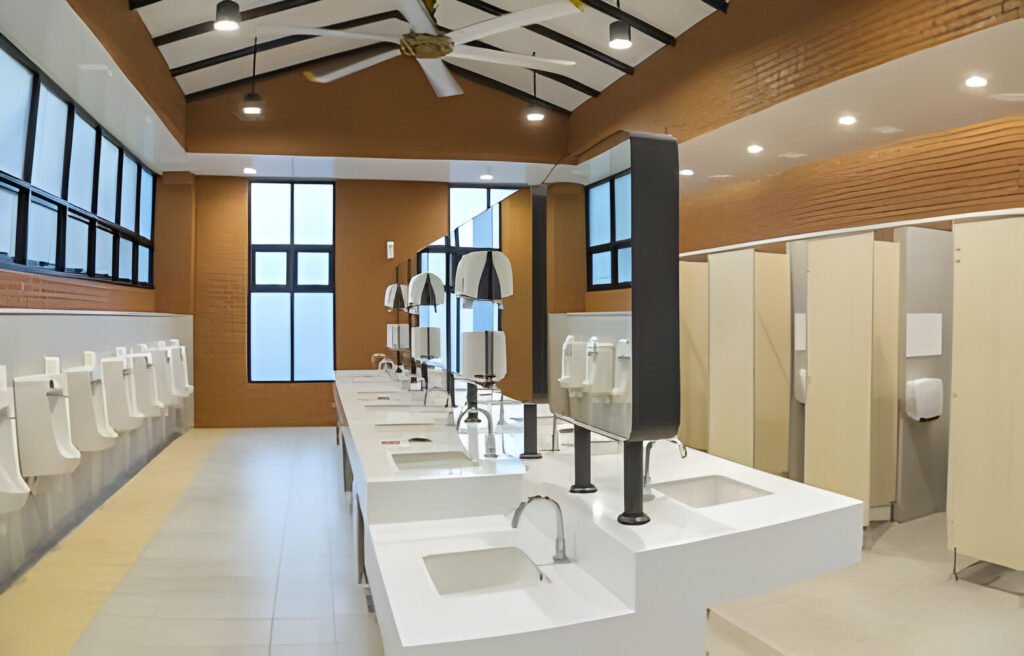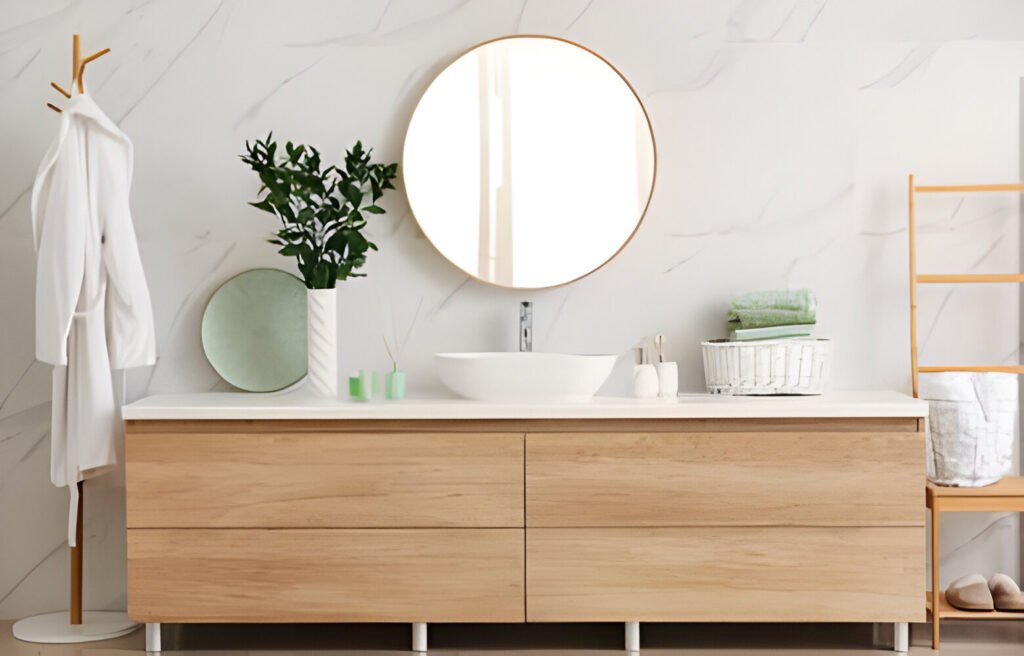In India, sanitary waste disposal is a complicated subject. The fact that it is still mostly taboo and carries a lot of social stigmas further adds to its complexity and makes finding effective solutions more difficult, which is why most women avoid discussing proper disposal methods. This in itself is terrible when you consider how many people in India are directly touched by the issue, much alone how many people are indirectly harmed by inappropriate menstruation disposal on top of that.
However, it is vital to remember that improper sanitary napkin disposal is harmful to the environment, and read further to understand the best way to dispose of sanitary napkins.
The country’s progress is hampered by taboos and social stigma.
The Indian government’s aversion to openly discussing menstruation determines how women dispose of their sanitary waste. According to the Water Supply and Sanitation Collaborative Council (WSSCC), more than 350 million Indian women and girls feel ashamed, uncomfortable, and often unsafe every month because they struggle to manage their periods and try to hide the truth from everyone.
Because of this humiliation, many people are left to cope with the problem alone, unwilling to voice their concerns, and facilities for appropriately disposing of sanitary waste are at best ineffective, at worst damaging and dangerous, and in many cases, non-existent.
Why is it important to properly dispose of sanitary pads?
Properly disposing of used sanitary napkins is important for several reasons. Inadequate disposal can lead to unpleasant odors. Additionally, it’s essential to create an environment where germs and bacteria cannot thrive, particularly in areas where blood has been exposed. By practicing proper disposal methods, we can maintain a clean and hygienic environment.
If you have pets or curious children at home, it’s especially crucial to prevent them from accessing the bins and handling the pads. Additionally, while a used sanitary pad is a natural occurrence, some individuals may feel uncomfortable due to the presence of bodily fluids in close proximity.
Now, let’s consider the broader perspective. It’s worth noting that sanitary napkins, apart from cotton, contain plastic and other materials. Unfortunately, these pads are not environmentally friendly due to the non-biodegradable nature of the plastic components. In fact, the plastic content in sanitary napkins can persist in the environment for an astonishing 500-800 years.
Medical wastes such as sanitary napkins, according to the Bio-Medical Waste (Management and Handling) Rules of 1998, should be incarcerated or exposed to extreme heat to kill pathogens, which does not happen. Instead, they are thrown as domestic waste and must be manually separated from other recyclables. Before the pads are buried in landfills outside of cities, the garbage pickers are exposed to microorganisms.
Sanitary waste disposal is a public health and human rights concern that impacts the entire country. Because there is currently no standardized way of environmentally friendly sanitary waste disposal, every menstrual product discarded pollutes the earth, air, or water.
How do you properly dispose of sanitary pads?
| When It’s Time to Replace Your Pad
You can wrap your used pad in the wrapper of the new pad you just slipped in your underpants if you’re changing your pad (i.e. putting a fresh new pad on after taking a used one-off).
For this reason, sanitary pad wrappers always include a handy tab closure. Simply take your used pad and place it in the wrapper, roll it up, and fasten it with the tab. Then toss it in the trash and wash your hands. It’s simple enough!
| How to Get Rid of Sanitary Pads When You’re Not Using Them
If you’re not changing your pad since it’s the end of your period, roll it up so none of the menstrual fluid is visible, and then throw it away. Before throwing your pad in the trash, you might want to wrap it in toilet paper.
Best Way to Dispose of Sanitary Napkins in Public Restrooms
1) Sanitary Napkin Disposal Machine
A Sanitary napkin disposal machine is a bin for Biohazards There are separate containers for dry and moist garbage in most public places. It is important to recognize that soiled sanitary napkins belong to neither of these groups. They’re considered biohazardous garbage. As a result, the first step in safely disposing of sanitary napkins is to keep a separate bin for them.
2) Throwaway bag inside the bin
Line your bin with a disposable lining and place used napkins inside. This will keep the soiled pads from being dumped into the collected rubbish and mixed in with the rest of the dry/wet garbage. This bag should be labeled as “biohazard garbage.” Every two days, toss them out.
3) Fold and Wrap the Napkins
Gently and thoughtfully wrap the menstrual pad in toilet paper before disposing of it. You may also consider using the plastic or paper cover from your next pad for added hygiene. This practice helps maintain cleanliness, prevents odor, and ensures the pads are properly covered.
4) Cover
Ensure that the bin you use for disposing of sanitary napkins has a secure lid. Each time you discard a used pad, gently fold the bag’s opening inward to seal it before covering the bin firmly. This precaution will help prevent curious children or playful pets from looking into the containers. Furthermore, it will effectively keep odors and insects away. In public restrooms, dedicated sanitary napkin disposal machines are available, alleviating concerns about odors.
5) Don’t Flush
It’s a no-no to flush a sanitary napkin. They have the potential to jam the pipeline, resulting in an overflow.
When using tampons instead of sanitary napkins, the measures for sterile disposal are the same, and for the same reasons. Of course, if you’re concerned that, despite your efforts, using sanitary napkins will affect the environment or those who deal with them, you can always switch to reusable menstrual cups, which last for 10 years. However, if you believe that sanitary napkins are your best alternative at the present, you must make every effort to properly dispose of them.
India can no longer shirk its responsibilities to find a solution to its sanitary waste problem, as many women are compelled to do with their menstruation pads across the country. The level of awareness must continue to rise for society to be obliged to take action. Because you have complete control over the impact you wish to create on your environment. You may make a good effect on the environment and society at large by making a wise decision.







